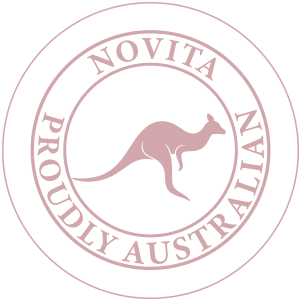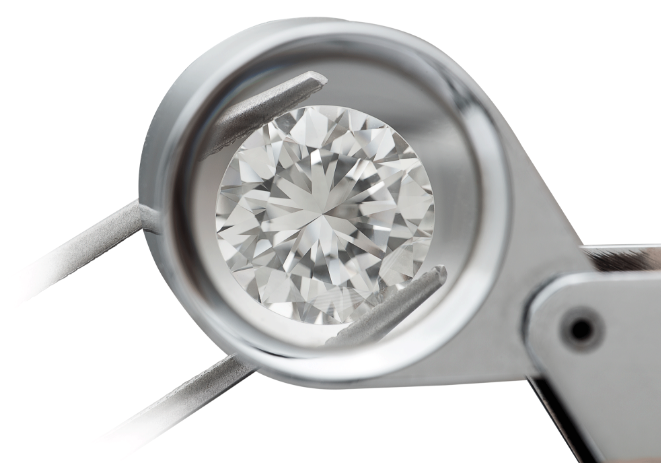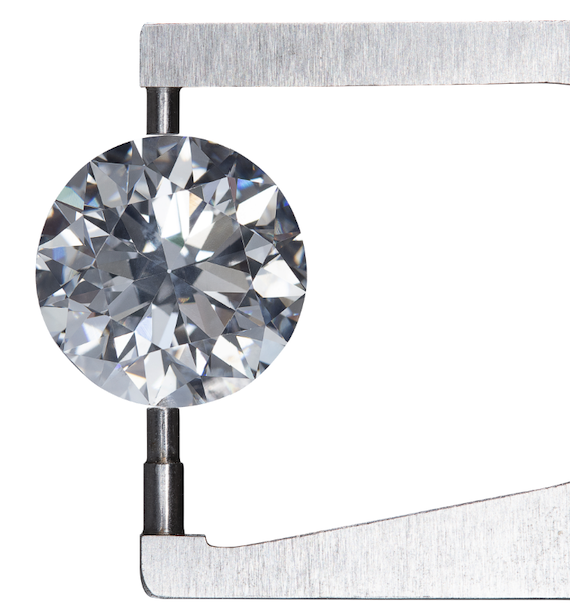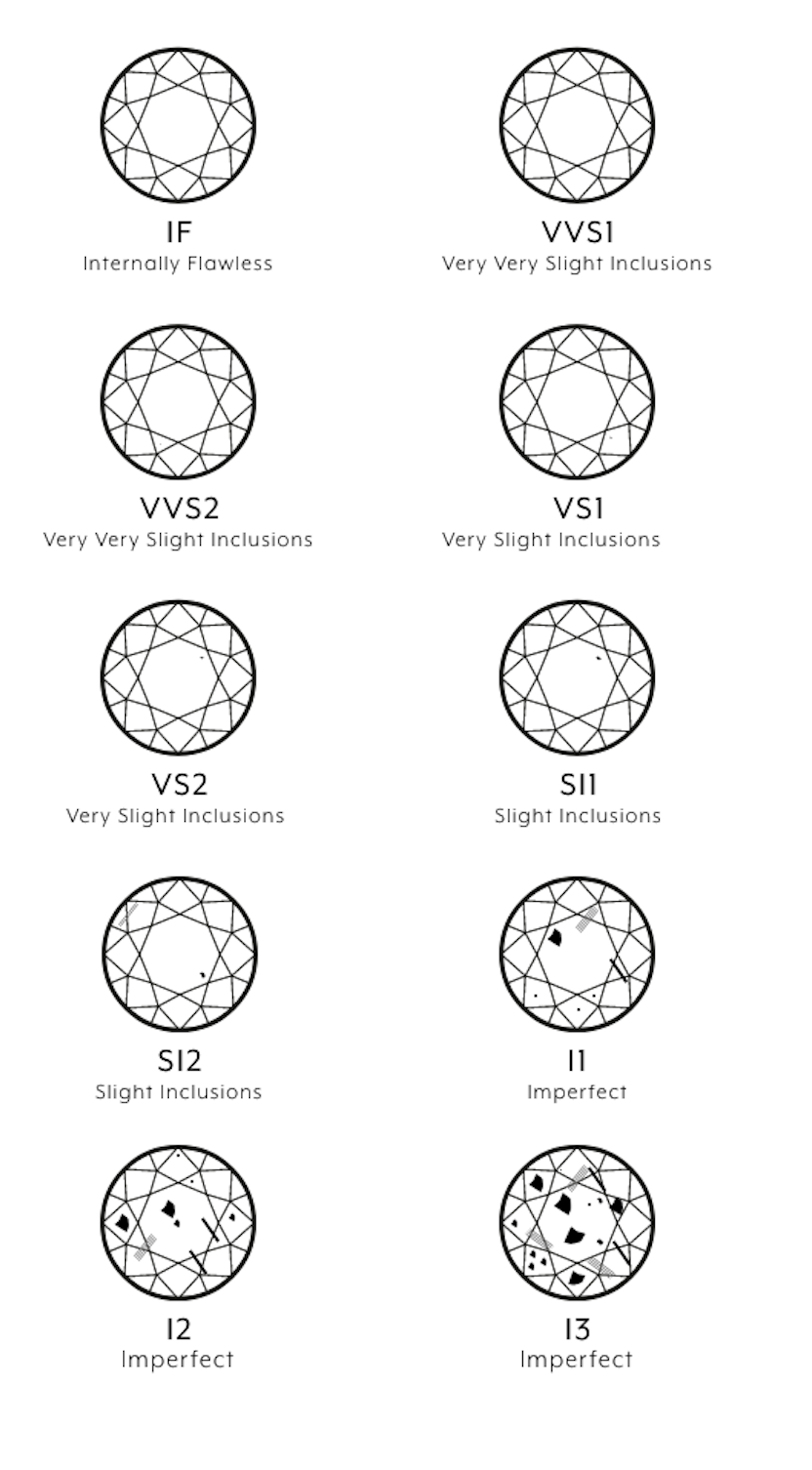BOOK AN APPOINTMENT


It is really important to educate yourself before making your diamond purchase. Learn about the 4C’s (cut, colour, clarity, and carat) and how they affect the lustre, sparkle, quality, and price of a diamond.

People usually get confused between Carat and Size. Carat refers to the weight of a diamond, while the size refers to the measurement of the stone in millimetres.
If you have a 1ct diamond that is cut very deep, the size of the diamond may look like an 0.80ct stone, while it can still weigh 1ct. If you have a 1ct diamond that is cut very shallow, the size of the diamond may look like a 1.25ct stone, while potentially weighing 1ct due to its shallowness. A well-cut diamond will look like a 1ct and also weigh 1ct.
When diamonds are cut too shallow or too deep, the diamond will not look brilliant and in some cases appear dark or empty in the centre.

The clarity of a diamond is based on how many or how few imperfections (known as inclusions) there are in the stone as well as where these inclusions occur.
According to GIA, diamond clarity is labelled by the following chart:
Flawless (FL) and Internally Flawless (IF) diamonds have no visible inclusions inside the stone when looking at the stone through a 10x magnification. IF diamonds may have some surface marks (blemishes) under 10x magnification.
VVS1 and VVS2 clarity diamonds have very tiny inclusions that are extremely difficult to see under 10x magnification, even to gemmologists and diamond experts. Some inclusions that may be in a VVS diamond could be pinpoints, needles, or internal graining.


VS1 and VS2 clarity diamonds have slightly larger inclusions than the VVS range. These are difficult (VS1) to somewhat easy (VS2) to see under 10x magnification. Some inclusions that might be in VS diamonds are crystals, cavities, or clouds.
SI1 and SI2 clarity diamonds have larger inclusions than the VS range. To the trained eye, these inclusions are easily visible under 10x magnification. Some inclusions that might be on an SI diamond are chips, knots, and feathers.
I1-I3 clarity diamonds have much more pronounced inclusions. These inclusions are easily seen with the naked eye. These large inclusions may also affect the brilliance of the diamond.
Novita’s Recommendation:At Novita Diamonds, we believe that you should get the nicest looking diamond for your budget. Therefore we recommend IF, VVS1, VVS2, VS1, VS2 and SI1 as they all have inclusions not visible to the naked eye.
Diamond Colour refers to how colourless the stone is. The clearer (white) the stone is, the more valuable it becomes. As we move down the scale, the diamonds start to have more colour in them such as slight tints of yellow or brown, which decreases the value of the diamond. The GIA diamond chart grades diamonds from D (colourless) to Z (light yellow or brown). GIA groups diamonds into several categories.


D,E,F (colourless)
D-F grade diamonds are grouped as colourless. This is the rarest and highest grade of diamonds available. When these diamonds are in a setting, they will all look the same to an untrained eye. To tell the difference, these stones must be loose and compared to each other on a white background. They are extremely clear and bright and have no yellow tints.
G,H (near colourless)
G-H grade diamonds are grouped as near colourless. They have a very faint tint of colour which is not very noticeable to the naked eye. When in a setting, they will appear more or less white, however when loose and compared to colourless diamonds, a very slight tint in the stones will be noticeable.
I,J (very faint colour)
I-J grade diamonds are grouped as very faint colour. These diamonds have a slightly noticeable yellow, brown or grey tint when compared to diamonds in the colourless category. Anything lower than a J colour will have more noticeable yellow, brown or grey tint in the stone.
To the untrained eye, diamonds with a 1 or 2 colour difference may look very similar.
Novita’s opinion: As D-F colour diamonds look very similar to the untrained eye, there usually isn’t a great need to get a D coloured diamond over an E or F. We believe it’s more important to look at the cut and shape.
G-H colour diamonds have are near colourless and are a good “budget stone”. With these colours you can get a much larger stone for a similar price to a smaller D-F coloured diamond.
Novita’s Recommendation:
Novita’s Recommendation: We recommend looking at stones that are D-G in colour.
The Cut of a diamond is the most important of the 4C’s. Cut has the biggest effect on a diamond’s appearance and the amount of sparkle, fire, and brilliance that it will have. If a diamond is not well proportioned, it may be too deep or too shallow. This means that the light which enters the stone will leak out of the bottom of the diamond instead of bouncing back up, making it lose that diamond brilliance. Diamonds that are well-cut have light entering, reflecting off all the facets of the diamond and coming straight back up, giving the diamond a scintillating appearance. Even a diamond of extremely high quality can still look dull if it lacks a high-quality cut grade.
Novita’s Recommendation: Have a stone that has Excellent to Ideal Cut.
If you need some guidance on choosing the best stones, we recommend you purchase from our showroom options. All the diamonds that are available in our showroom have been individually hand-picked by our expert gemmologists to ensure that we only have the best quality diamonds available for you to view at your appointment and to purchase online. Our gemmologists sort through available diamonds and only choose the best diamonds in each colour and clarity category.
When shopping at Novita Diamonds, you can filter out diamonds to your liking by the 4Cs category, as shown in the image below.

You can further filter the diamonds that are available in our showroom by clicking on the 'AVAILABLE IN SHOWROOM' tab and check its availability in the 'SHOWROOM' column.
Visit our complete in-depth guide to lab grown diamond.
 FAQ'S
FAQ'SThere is no doubt that they are real diamonds. They are created using the same chemical and physical processes that happen naturally inside the earth but are grown in a controlled laboratory environment where a starter seed of diamond crystal gradually becomes bigger as more and more carbon atoms are deposited on it. Scientifically, lab made diamonds are exactly the same as natural diamonds chemically, physically, and optically. They are therefore considered to be real diamonds. The two leading authorities on diamonds, coloured stones, and pearls, IGI and GIA, both grade lab grown diamonds using the same scale and methodologies used on mined diamonds. Visit our lab diamonds guide to read more about this.
Diamonds grown in laboratories always cost significantly less than diamonds mined from the earth. The exact price difference will depend on various factors such as the size, quality, and specific type of diamond, but on average, lab grown diamonds are around 75% cheaper than natural diamonds. This is because the cost of producing rough lab stones is much lower than the cost of mining and extracting rough natural diamonds from the earth. In contrast, to become retail-ready, a rough diamond must go through all the same processes, including cutting, polishing, and certification, whether it comes from a mine or a lab. For example, on the massive savings you can take advantage of, a mined diamond costs $10,000, while an equivalent lab created diamond costs $2,500.
There is no difference between man made diamonds and mined diamonds; the same methods are used to test both diamonds as they are for natural diamonds. Both stones are chemically, physically, and optically identical, so they will exhibit the same properties and characteristics when tested. Among these are hardness, refractive index, thermal conductivity, and other unique characteristics of diamonds, whether they are mined or lab made diamonds.
Inclusions are also present in most lab diamonds, just as they are in natural diamonds. Inclusions are natural imperfections that are found within diamonds, and they can occur in both lab and natural diamonds. Inclusions can take many forms, such as tiny bubbles or carbon deposits trapped inside the diamond as it formed. Just like natural diamonds, most diamonds created in labs have flaws, and only very few become flawless. For more information about diamond clarity, check out our 4Cs guide.
Yes, you can insure it the same way you insured a mined diamond; lab gown diamonds in Australia are treated like mined diamonds, so they can be insured the same as mined diamonds. You can purchase insurance through your specialized jewellery insurance policy. Your insurance policy will typically cover the cost of replacing or repairing your ring if it is lost, stolen, or damaged. Understand what is covered and what is not by your insurance policy by reading its terms carefully.